Are you having difficulties reading the DOT number of your tires? Do you want to know how to read tire date codes? If you have lost the receipt of your purchase, you might be having difficulties knowing the exact age of your tires. This issue is common and you can find the solution from your tires. Just observe your tires, you will get the answer.
*Picture Copyright: UTires.com
How to Read Tire Date Codes?Whether you are financing your tires or purchasing them, it is important to understand how to read tire date codes. The numbers are present on tires only. You just need to know how to get them. You might have difficulties while reading codes on old tires. Keep reading to know how old your tire is.
Ways to Get Your Tires DOT NumberLook at all the sides of the tires. There are a bunch of numbers and letters. It might seem like a jumble. But this is helpful information about the tire. Find the number that starts with DOT and followed by ten to twelve series. This code will reveal a lot of things about your tires. You will know the tire size, year, and place of the manufacturing with the unique code of the manufacturer. You can also rent a wheel payments to know more about tires. Once you rent a tire payments, you will not have to be bothered about the manufacturing year. They will take care of this. You just need to look for a rent a wheel return policy to make it more beneficial for you.
Remember that the last four digits of the code are the date the tire was manufactured. You can check the first two digits of the DOT code to know the week of the manufacturing. The last two digits will reveal the manufacturing year. For instance, when it was written in 0203, the manufacturing year was 2003.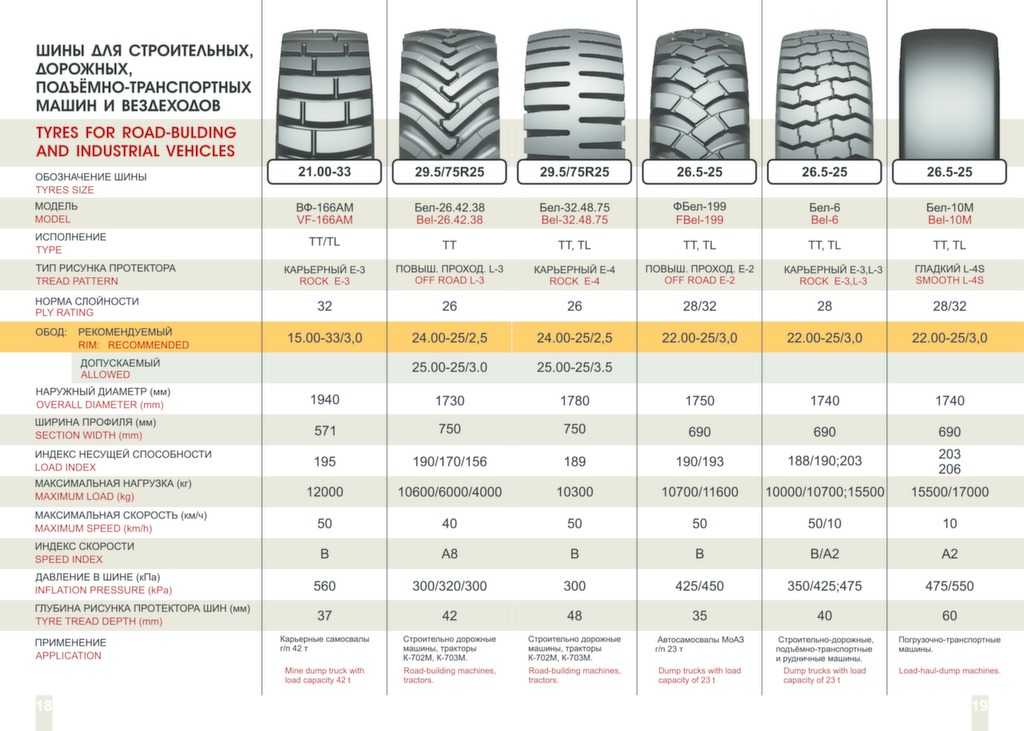 But it is a bit tricky to know the manufacturing year of tires manufactured before 2000.
But it is a bit tricky to know the manufacturing year of tires manufactured before 2000.
You need to check the last three digits of the DOT code. Check the first two digits to know the week. For instance, when the last three digits read 022, you should understand that the tire was manufactured in the 2nd week of that year. You might be thinking about how to know the year. The year is the 2nd year of that decade. It is easy to get confused to know the decade. It might be harder to know the exact decade. There might be some other indications to know the year.
*Image Copyright from kilgoretirecenter.com
What About the Incomplete DOT NumbersIncomplete DOT numbers mean the current DOT regulations demand the complete number to be written on one sidewall only. When you find a few digits on the opposite sidewall, you can check the other sidewall to find the complete DOT number.
Reading DOT Tire NumbersNow you know how to read tire date codes. You can simply check at the sidewalls of tires to avoid any further confusion. Also, never lose your purchase receipt. If you do so, you might not get the warranty benefits. So, keep the receipts in a safe place and avoid any confusion by checking the DOT code. Whether you are interested in learning about wheel alignment or more about DOT numbers, our professionals here at Dan the Tire Man can answer your inquiries.
You can simply check at the sidewalls of tires to avoid any further confusion. Also, never lose your purchase receipt. If you do so, you might not get the warranty benefits. So, keep the receipts in a safe place and avoid any confusion by checking the DOT code. Whether you are interested in learning about wheel alignment or more about DOT numbers, our professionals here at Dan the Tire Man can answer your inquiries.
Learning when were your tires manufactured is crucial! Driving your vehicle on "expired" tires is not ideal. Well, tires can't actually expire, but we will come to that later.
The DOT number is essential! Tires without DOT codes should not be used. This code indicates that the tire can be used on highways, as the model was approved by the Department of Transportation.
But, what exactly is the tire date code? Let's take a closer look.
The tire manufacturer date code, or DOT number for short, indicates the tire's date of manufacture, among other things.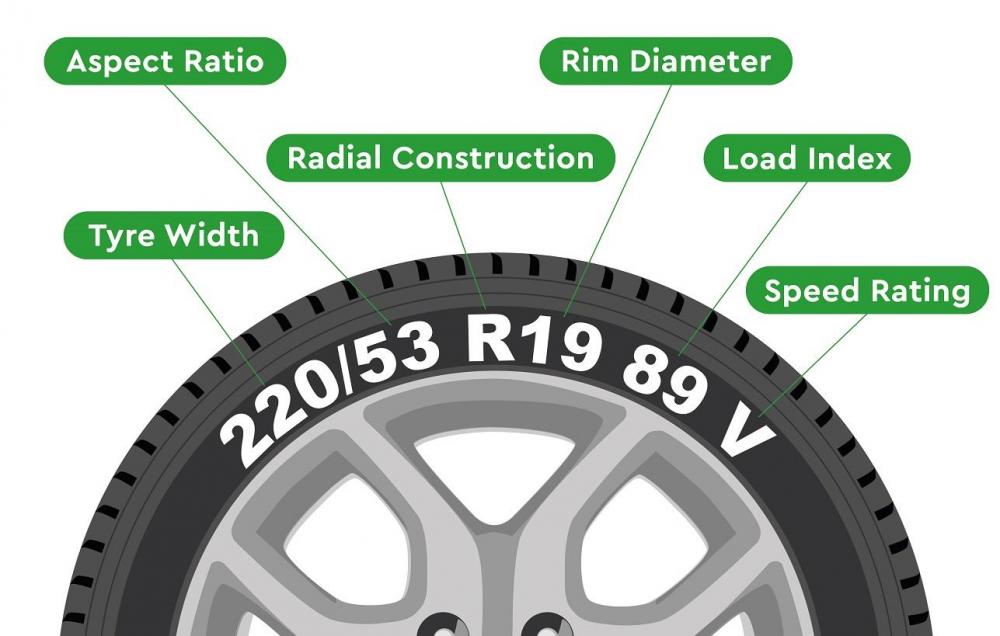 You will need to look at the last four digits since these numbers represent the week and year of when the tire was produced.
You will need to look at the last four digits since these numbers represent the week and year of when the tire was produced.
While the DOT symbol does not have just the manufacturing date in it, this is the most important part for consumers. Internal codes are necessary in the tire industry as these characters represent the factory, country, date, etc. of the specific tire manufactured.
The DOT code is located on the tire sidewall. However, finding it can be a bit challenging.
There is no regulation dictating where the tire identification number needs to be placed. Regardless of the tire type, it can be located on both sidewalls. Usually, the DOT symbol is placed on the inner tire sidewall, but this is not a general rule.
Furthermore, often the entire DOT code is not located on one sidewall. The tire age may be on one side, while the rest of the tire identification number is on the other sidewall.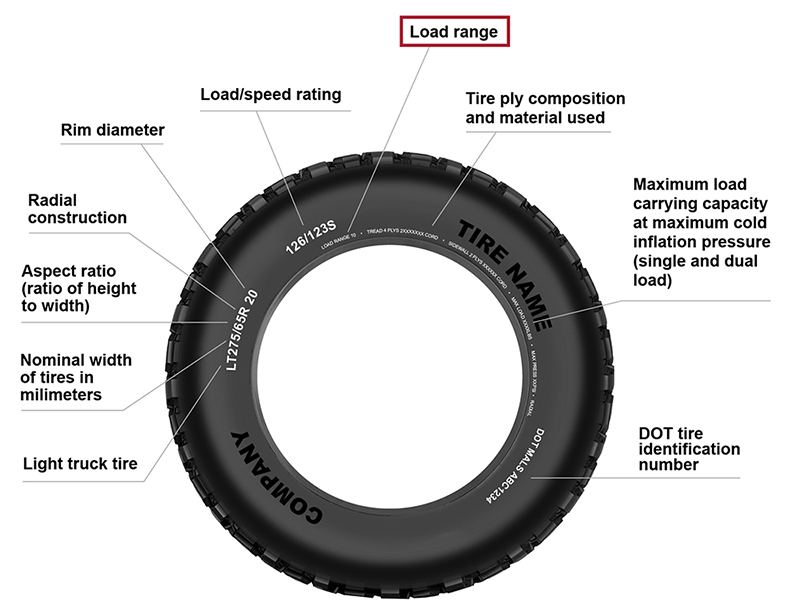
The DOT code is part of the tire identification number, it is the final four digits. Learning how to read tire date codes is not hard. These numbers on tires are fairly easy to understand. To know when a specific tire was manufactured, all one needs to do is to look at these numbers.
In other words, the first two digits of the tire manufacture date are the week, while the last digit pair is the year. Therefore, if your tire states 1022 that means it was manufactured in the 10th week of 2022. This will give you an estimate of how old your tires are.
Today's tires are manufactured with an expiration date. Well, not exactly.
While tires do not have an expiration date code like food products do, manufacturers still recommend changing them after a few years. While brands do not provide the same information regarding the tire age, they definitely should not be used for longer than ten years.
But, how do you know when tires were manufactured? This is where the DOT code comes into play.
As mentioned earlier its first two numbers show the week of manufacture, while the second two identify the year. This gives an insight into when the tire was produced. Owners, as a result, can easily calculate the tire age based on the DOT number.
With the improvement of rubber compound blends, tires can now stay in service for longer than ten years. However, that was not always the case.
Before 2000, the general assumption was that tires would be changed before reaching that 10-year mark. For this reason, their tire identification number looked different.
In order to identify the week and year of the tire manufacture, one had to look at the last three digits of the DOT code. While the first two characters still showed the week, only a single digit was designated to the year of production.
However, when 2000 rolled around the date code on tires had to change. Instead of the last three digits, now we need to look at the last four to identify when the tires were manufactured.
The age-old question is: how often to replace tires to ensure a safe drive?
The answer is not that simple. Many tire manufacturers will recommend not using their tires for more than five years, others would suggest ten. But, the truth is a bit more complicated.
While it is true that old tires are not of the best quality, even new tires can malfunction. From trailer tires to summer tires, this unwritten rule applies to all. Yet, tire aging should also be taken into the equation.
Tire size, tread depth, rubber compounds, and tire applications all play a significant role in determining if your tires are too old or not. However, as long as tires are stored correctly, have enough tread depth, and don't show signs of irregular wear or damage (often caused by UV rays), they can be safely used.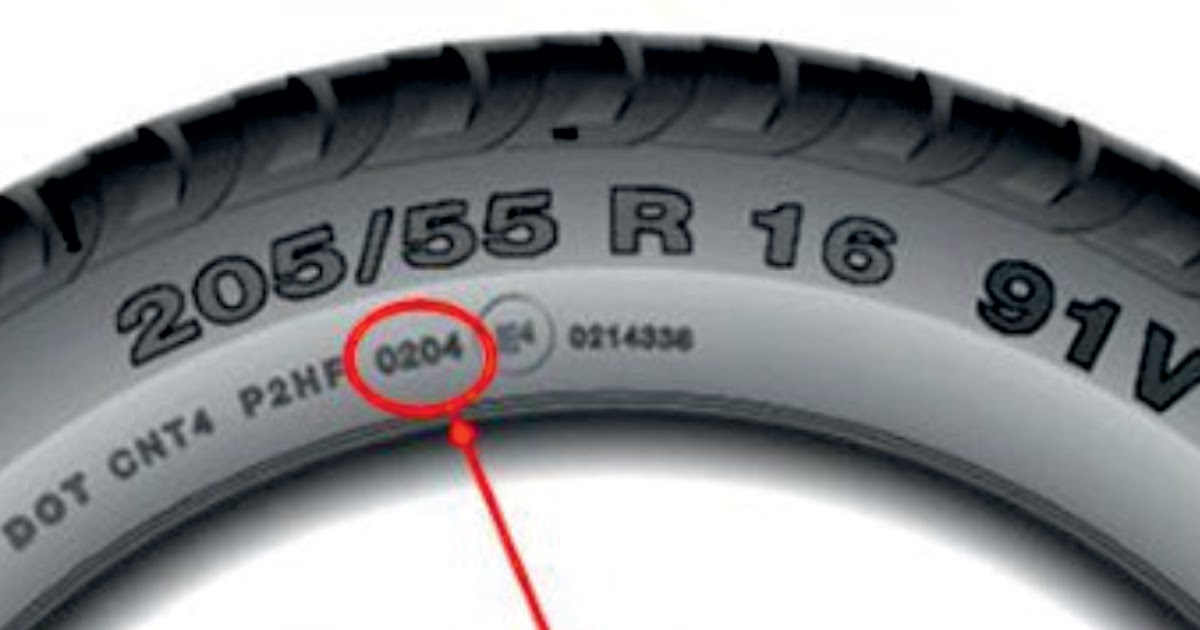
If a tire was manufactured ages ago, of course, you need a new tire set. However, other factors need to be considered when determining how often you should replace tires.
Age is just one aspect you need to look at. Apart from this, damage and incorrect wear should be identified on time. Dry rot caused by UV rays and irregular tread wear (no matter what causes it) significantly shorten the tire's service life.
Additionally, many brands will offer tire warranty with versatile models. This gives a bit of reassurance for vehicle owners that they won't be left with the bill in case a tire fails prematurely.
Yet, we still have not answered the question. The short answer is that the NHTSA strongly suggests replacing tires every six years. The longer answer is: it depends on everything we have mentioned before.
When your vehicle vibrates and becomes hard to control, the issue might lay with the tires. Tires, no matter when they were manufactured, will start showing signs of breaking down over time.
Tires, no matter when they were manufactured, will start showing signs of breaking down over time.
While damage can immediately cause tires to become useless, often signs of breakdown can be noticed weeks before the tire actually fails. Tires can show their age and other signs of nearing the end of their lifespan in different ways.
The most common first signs are:
As with all things, sadly, a few misunderstandings have made their way to the public concerning the date stamp on tires.
Firstly, many believe that these codes identify when specific tires were approved for use by the Department of Transportation. Tires that have the DOT code on their sidewall mean that the tire was approved, but the four-digit number only shows the manufacturing date of the tires.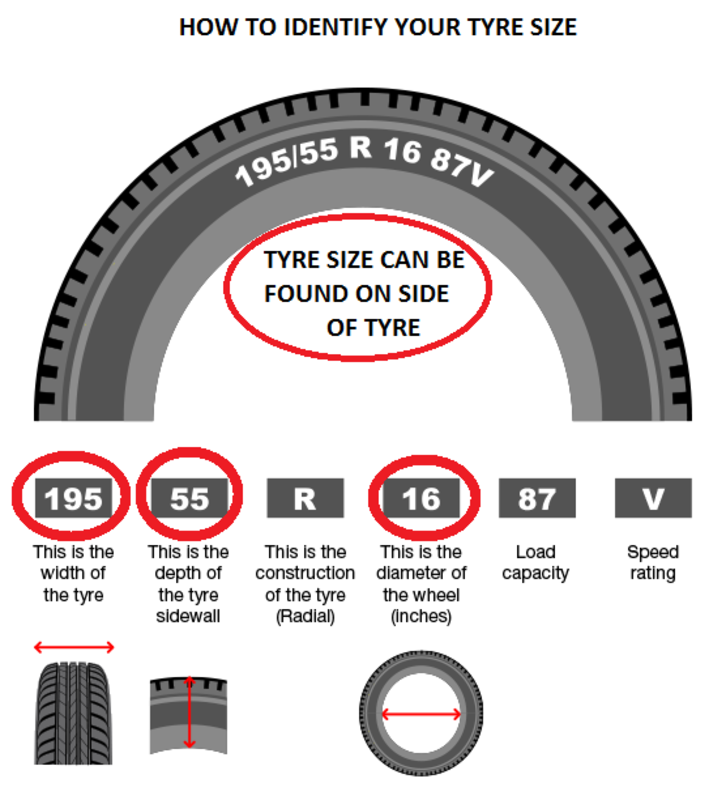
Secondly, consumers tend to focus on only getting the new tires with current (same year) DOT numbers. Often, especially when talking about foreign-manufactured tires, products take a while to actually reach the market. This, plus the modern durability of tires, makes sure that even tires with older DOT codes perform well when mounted on a vehicle.
Learning how to store tires correctly is crucial to protect them from external factors. When switching your winter set to summer tires, or vice versa, it is important that you safely store tires away.
Regardless of the tire size or age, tires stored correctly will have lengthened service lives. But, how can you prolong their usability with storage?
Here are the things you need to keep in mind:
In most cases, vehicle owners do not need to worry about the tire age. This is because often the tread depth will run out before the tire "expires", especially when the vehicle is frequently used.
This is because often the tread depth will run out before the tire "expires", especially when the vehicle is frequently used.
The only exception to this might be your spare tires. Whether you own a full-sized or donut spare, in most cases they will not see much use. These tires are only used in emergencies, so often they are neglected during inspections. Do not forget about them since they will save you when the time comes.
The date code on a tire is located on one of the sidewalls. Often the full DOT code is not in one place, so be sure to check both sidewalls, usually near the tire size. Look for the letters DOT and a 4-digit number, which will tell how old the tire is.
The tire date code consists of four numbers. The first two digits indicate the week, while the second two identify the year when a specific tire was manufactured. So, if the number is 1221, that means it was produced in the 21st week of 2021.
You can tell how old a tire is by checking its DOT number. This number is located on one of the sidewalls and shows the week and year when a tire was produced. By knowing this information, you can calculate the tire age without issues.
Tires should be replaced when their tread depth reaches 2/32". This is when manufacturers will consider tires to be worn out. Another reason to replace tires is when you notice signs of aging. Aging tires should be switched before they fail completely.
Average tires will last about 50,000 miles. However, there are many factors that can influence this. The tire's performance category, compound materials, different driving conditions, etc can significantly shorten or lengthen a tire's service life.
Everything has an expiration date, car tires are no exception. How long can they be used? Can you ride tires that are many years old, but they look quite working? Is it worth saving on tires by buying products that have not yet been used, but have been stored in a warehouse for 5-7 years?
How long can they be used? Can you ride tires that are many years old, but they look quite working? Is it worth saving on tires by buying products that have not yet been used, but have been stored in a warehouse for 5-7 years?
Release date is an important parameter when choosing car tires
These questions at least once arose before the majority of motorists. We answer them - in detail and in detail. nine0003
The date of manufacture of the tire is always on its sidewall in an oval stamp
Information about when a car tire was produced is placed on its side. You will easily notice an oval stamp with four numbers inside - for example, 1118.
So, we have a tire that “saw the light” in January 2003.
Certification of automobile tires for their sale on the Russian market is carried out by the Department of Transport.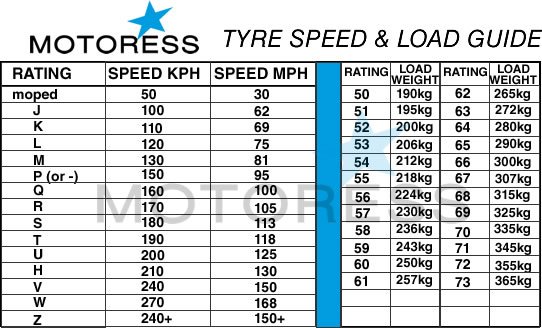 Tires without age marking, and in a strictly prescribed form, will not receive a quality certificate. This rule is the same for all tire manufacturers.
Tires without age marking, and in a strictly prescribed form, will not receive a quality certificate. This rule is the same for all tire manufacturers.
See also: Tire marking: deciphering the designations on tires
Drivers change cars at least twice a year. As a rule, rubber is operated for several years, and then new tires are bought. At the same time, the tread pattern, raw materials, radius are taken into account, but they rarely pay attention to the release date of the product. But it is this information that helps to better understand the condition of the tires and how long they will last.
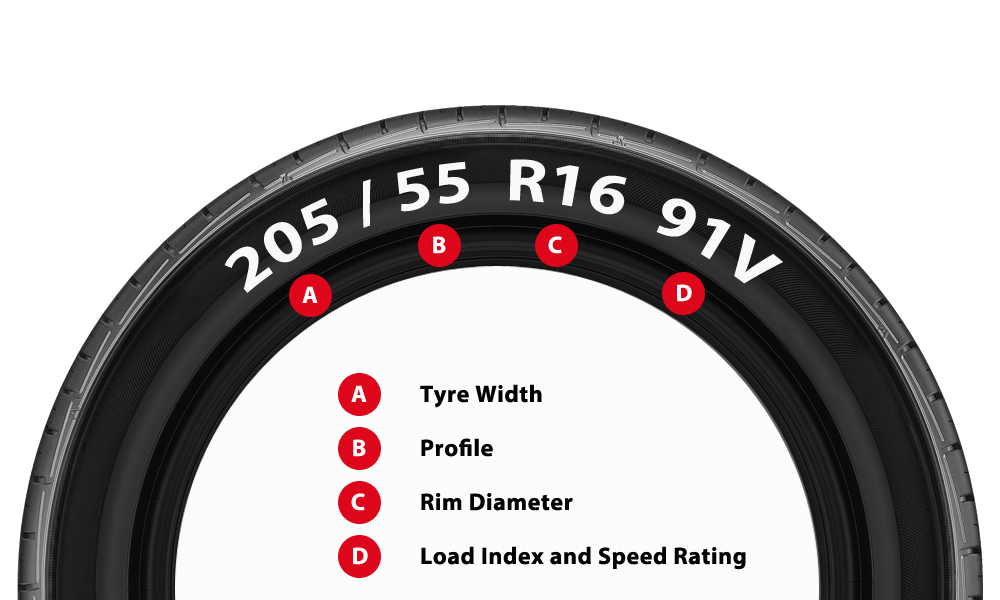 And vice versa: with a quieter operation, tires serve for more than 5 years, while maintaining normal elasticity and other important characteristics. nine0016
And vice versa: with a quieter operation, tires serve for more than 5 years, while maintaining normal elasticity and other important characteristics. nine0016 You can determine for yourself whether the tires have begun to age. To do this, pay attention to their side. Did you see small cracks here? This is the first sign of aging. Over the years, these scratches will become deeper, and the tire itself will begin to change color, acquiring a whitish tint on the originally black rubber. nine0003
In the process of aging, black rubber becomes covered with a whitish coating.
Have you noticed similar symptoms on your car tires? So, it's time to change them - you should not pull further, even if the tread does not look worn out. It is dangerous to drive a car with such tires.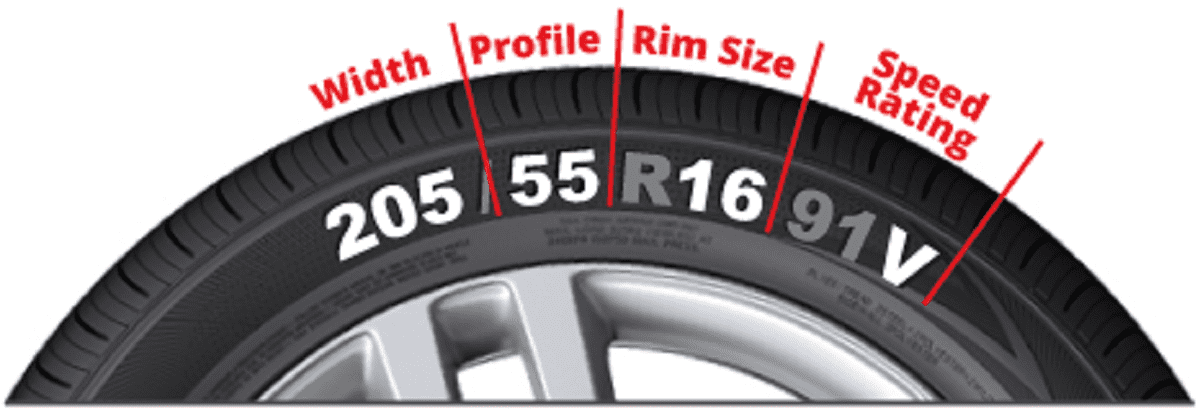
The tire is a mixture of chemical compounds. A number of factors influence it: nine0003
Tires can experience different loads, so they have different lifespan, and it is impossible to accurately predict it.
Pay enough attention to the wheels - pay attention to the condition of the tires yourself, and also stop by the service centers. After five years of operation, tire diagnostics should be performed at least once a year. nine0003
See also: What pressure should be in the tires?
The aging process is accelerated by three main factors:
It is important to properly store summer and winter tires, protecting them from threatening external factors.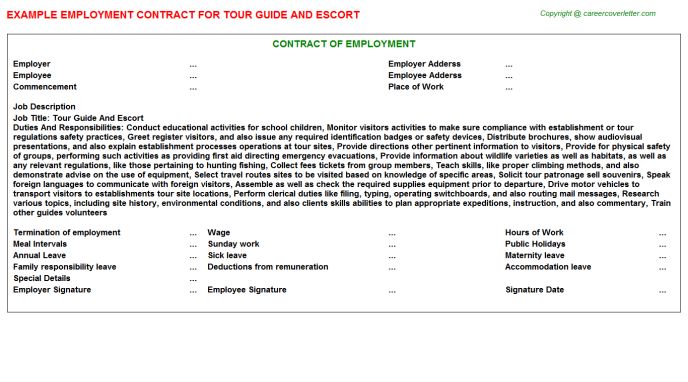 By observing the storage conditions, you prolong the "life" of tires - their elasticity remains at an acceptable level for a long time. nine0003
By observing the storage conditions, you prolong the "life" of tires - their elasticity remains at an acceptable level for a long time. nine0003
Tires are quite picky about storage conditions: in order for them to retain their original properties for a long time, they must be stored properly.
Proper storage is the key to maintaining tire performance.
Storing tires according to the rules is a task that requires control..jpg) Therefore, the longer tires lie in stock, the higher the risk that their properties and resources are no longer at that high level. nine0003
Therefore, the longer tires lie in stock, the higher the risk that their properties and resources are no longer at that high level. nine0003
The properties of tires, their durability and wear resistance largely depend on the quality of rubber. Accordingly, they depend on the manufacturer, who selects raw materials for products manufactured under his brand.
Choose tires from trusted and well-known manufacturers
The largest companies are investing huge amounts of money in the development of unique compounds - they are added to rubber, making it as resistant to aging as possible. nine0003
Giving preference to tires from world manufacturers - for example, Nokian, Goodyear or Michelin, you choose high quality, confirmed by time and expert reviews. Under the right conditions of storage and operation, these tires will serve much more than 5 years - their warranty period.
Carefully inspect each tire.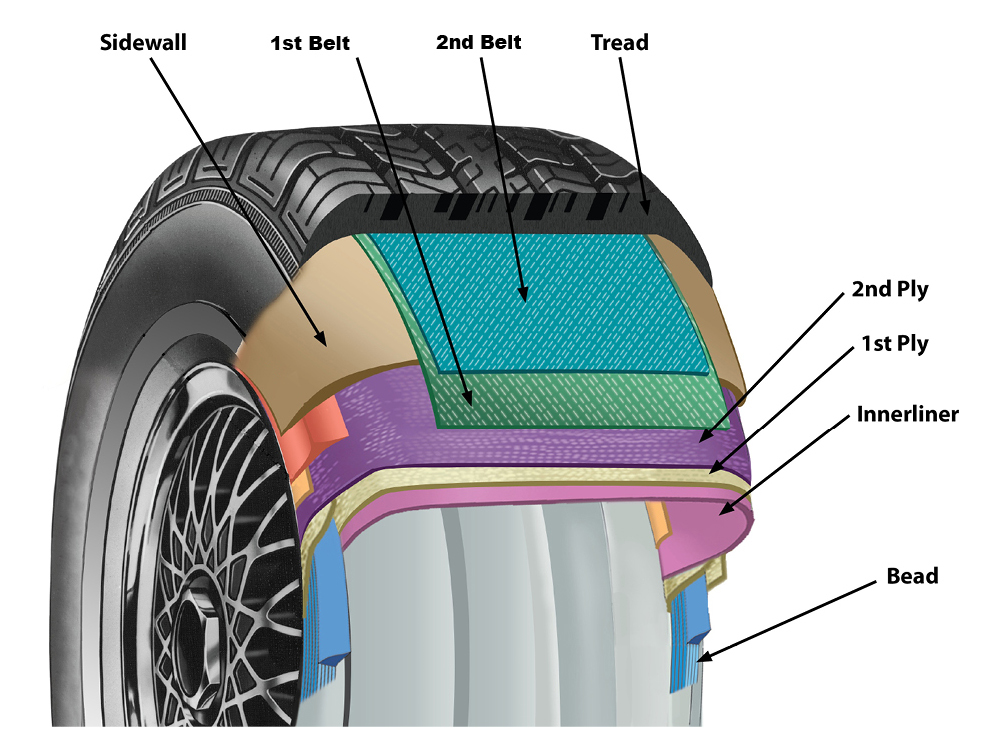 Tires should not have any white coating, no scratches, no burrs. Then it is worth checking the products by touch in order to make sure that they are elastic. nine0003
Tires should not have any white coating, no scratches, no burrs. Then it is worth checking the products by touch in order to make sure that they are elastic. nine0003
Does the appearance of the tires cause any complaints? This indicates that they were stored correctly, therefore, the performance properties are at the proper level.
If you have tires in front of you that are overtaking the symptoms of aging, it's not worth the risk. Such tires will not last long, and you will waste your money.
There are two sets of tires - both from reliable brands, each with a good view? Then choose the one that is "younger". In this case, the guarantee of proper storage is higher. nine0003
Don't get too hung up on the age of the tires. For example, tires that have just "knocked" two years, show themselves no worse than products that have just entered the market. But! They must initially be of good quality, that is, from manufacturers whose reputation is beyond doubt. Should inspire confidence and appearance - without cracks and whitish coating. Well, you have the right to ask for a discount on two-year-old tires.
Should inspire confidence and appearance - without cracks and whitish coating. Well, you have the right to ask for a discount on two-year-old tires.
Expert advice will help you choose the right tires and keep them in working condition for a long time. nine0003
 Such care for the car will preserve its color and coating, protect the interior from overheating and delay the aging of rubber.
Such care for the car will preserve its color and coating, protect the interior from overheating and delay the aging of rubber. Choose high-quality tires, observe their storage and maintenance conditions - and then they will not let you down.
Don't know how old your tires are and don't know where to look for the date of manufacture of tires? Don't worry - this is a common problem. We can show you the date of manufacture of a tire and teach you how to quickly find out the date of manufacture of your tires. nine0148
You can find out the year of manufacture of rubber on the sidewall of the tire in an oval stamp in the form of 4 digits, for example: 1612.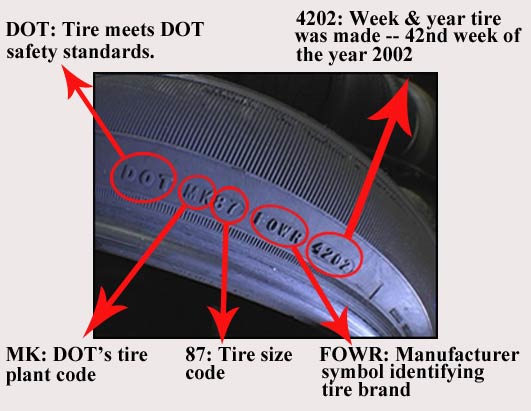 The first two digits mean the week of manufacture, the last two - the year. In our case, week 16 is April 2012.
The first two digits mean the week of manufacture, the last two - the year. In our case, week 16 is April 2012.
If you look closely at each of your tires, you'll see a bunch of letters and numbers. While this may just look like confusion, it's actually useful information. Look for a number that begins with the letters "DOT" followed by a series of 10-12 characters. This code, which is required by the US Department of Transportation (DOT) and applies worldwide, will tell you a few things:
The date of manufacture is the last four digits of the DOT code. The first two digits are the week of manufacture and the last two digits are the year. For example, if the last four digits of the DOT code are 0203, this means that the car tire was manufactured during the second week of 2003. Pretty simple, right? However, if your tires were made before 2000, things get a little more complicated. nine0003
Pretty simple, right? However, if your tires were made before 2000, things get a little more complicated. nine0003
The date of issue is the last three digits of the code. The first two digits refer to the week in that year. For example, if the last 3 digits are 022, this means that the car tire was produced in the second week of the year, and the year is the second year of the decade. Here's where it gets confusing - there's no universal identifier that specifies which decade, so in this example, the tire could have been made in 1982 or 1992. Some tires have a small triangle following the DOT code to indicate 1990s.
If you look at the sidewall of the tires and see a DOT number that seems incomplete, it's because current DOT regulations require the entire number to be on only one sidewall, while only the first few digits are on the opposite sidewall. To see the entire DOT number, just look at the other side wall.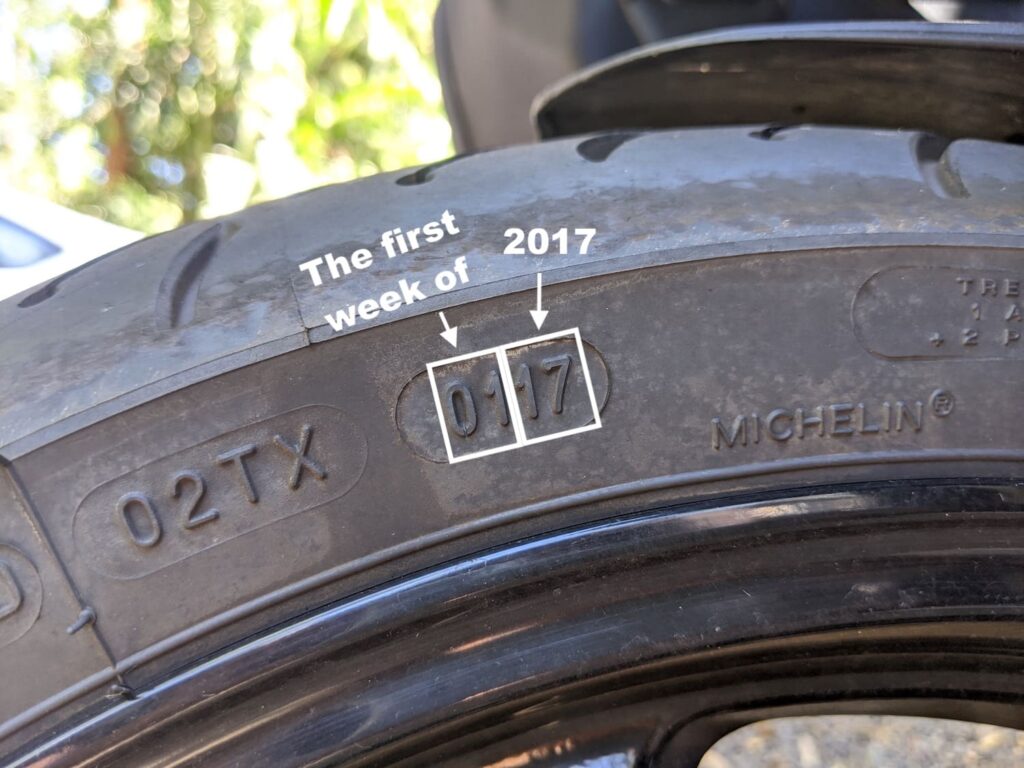
After five years of storage, tires lose their performance, regardless of whether the storage conditions were observed or not. Therefore, it is not recommended to use car tires with a manufacturing date older than five years. nine0003
The average shelf life of tires, declared by the manufacturer, is 7-10 years, depending on seasonality - harder summer tires on a car last longer than soft winter ones.
Amtel, Barum, Bridgestone, Continental, Cooper, Cordiant, Dayton, Debica, Goodyear, Dunlop, Falken, Firestone, Fulda, General, Gislaved, Hankook, Kama, Kelly, Kleber, Kormoran, Kumho, Marshal, Matador, Maxxis, Michelin, Nitto, Nokian, Pirelli, Sava, Semperit, Tigar, Triangle, Toyo, Uniroyal, Yokohama. nine0003
However, don't pay too much attention to the age of the tires when buying, especially if they are less than two years old.